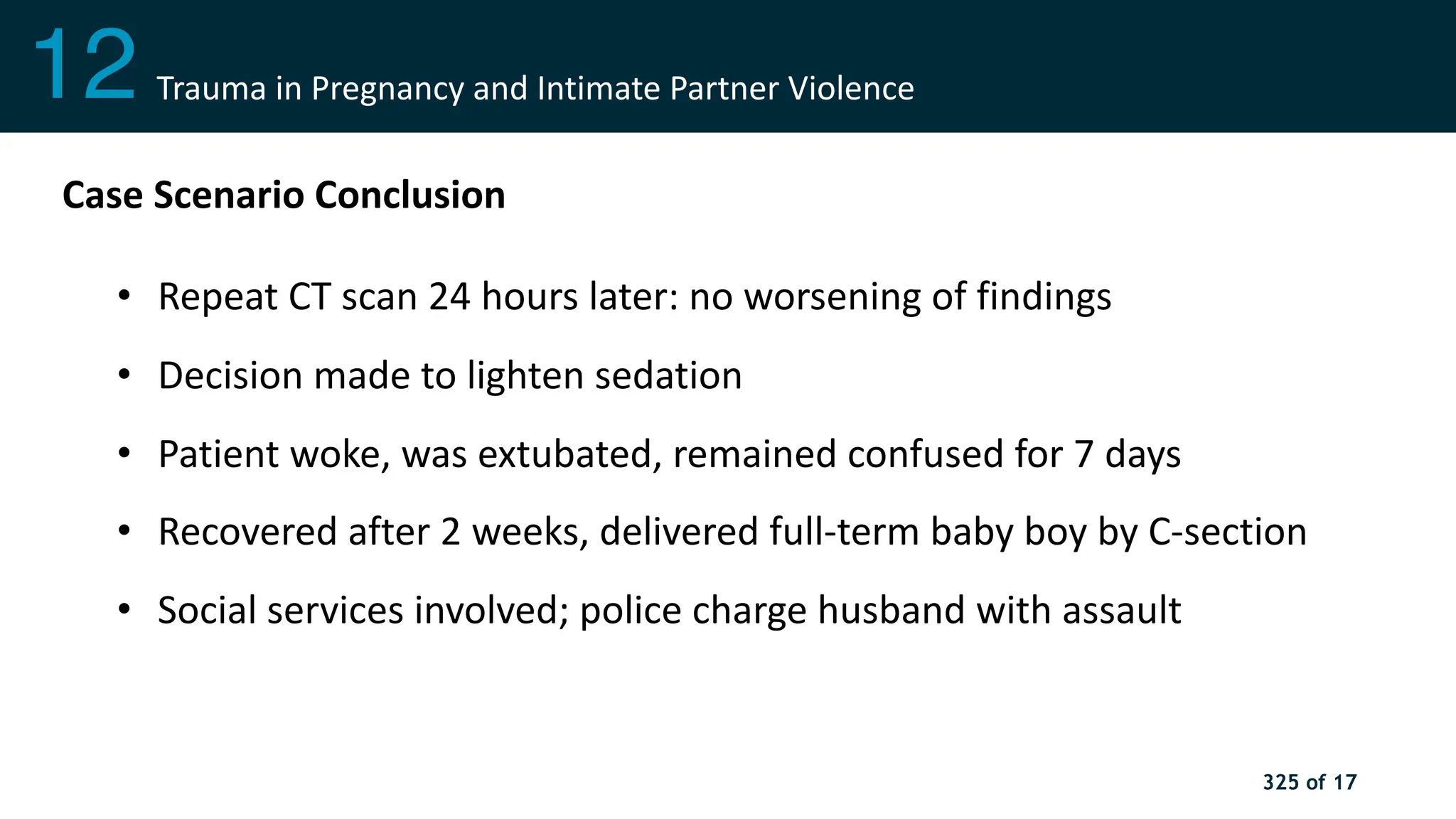The document outlines an Advanced Trauma Life Support (ATLS) course focusing on the systematic assessment and management of trauma patients, emphasizing rapid assessment, resuscitation, and stabilization of patients. It includes interactive discussions, case scenarios, and learning objectives designed to enhance skills in trauma care and decision-making. The ATLS program aims to improve trauma care outcomes globally by providing a standardized approach and educational resources to healthcare providers.

















































![2 Airway and Ventilatory Management
The earliest priorities in managing the injured patient are to
ensure an intact airway and recognize a compromised airway.
pg
[
Korma
balk
→ obspruasi
]
Rppvaluasi
↓
[ Suara Sevak
{⊕¥%Éah momaxai dat bantu nafas protrusion
"
"'
Sam poi
to -both
④ ada Cpdera](https://image.slidesharecdn.com/allchaptercompressed-1-240511001646-6eb68d02/75/PPT-Advance-Trauma-Life-Support-edisi-10-50-2048.jpg)













































































































































































































































































































